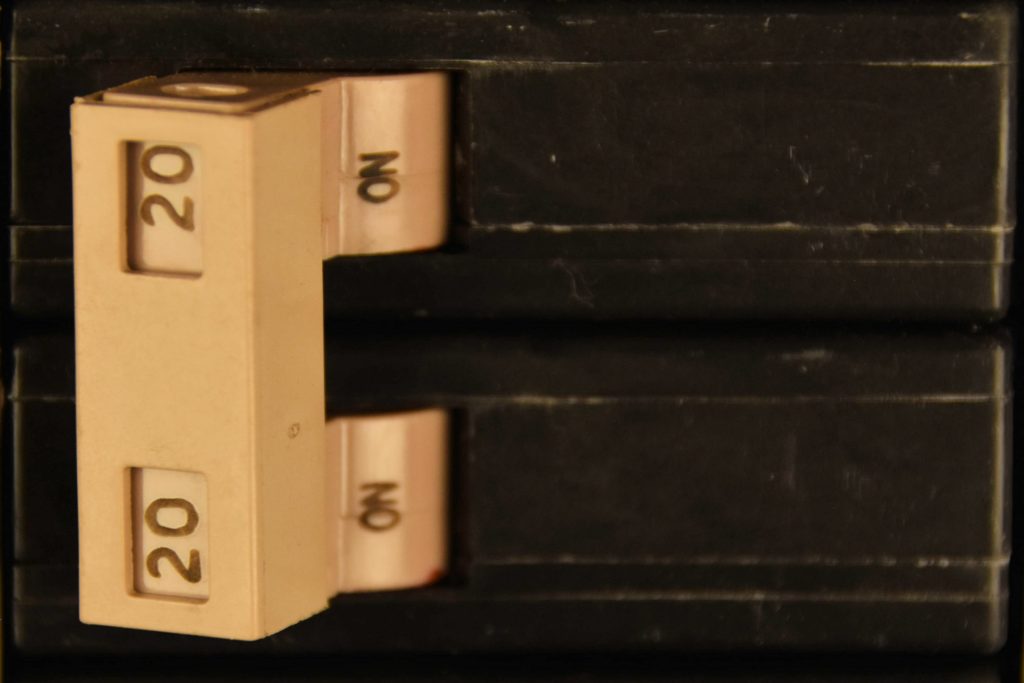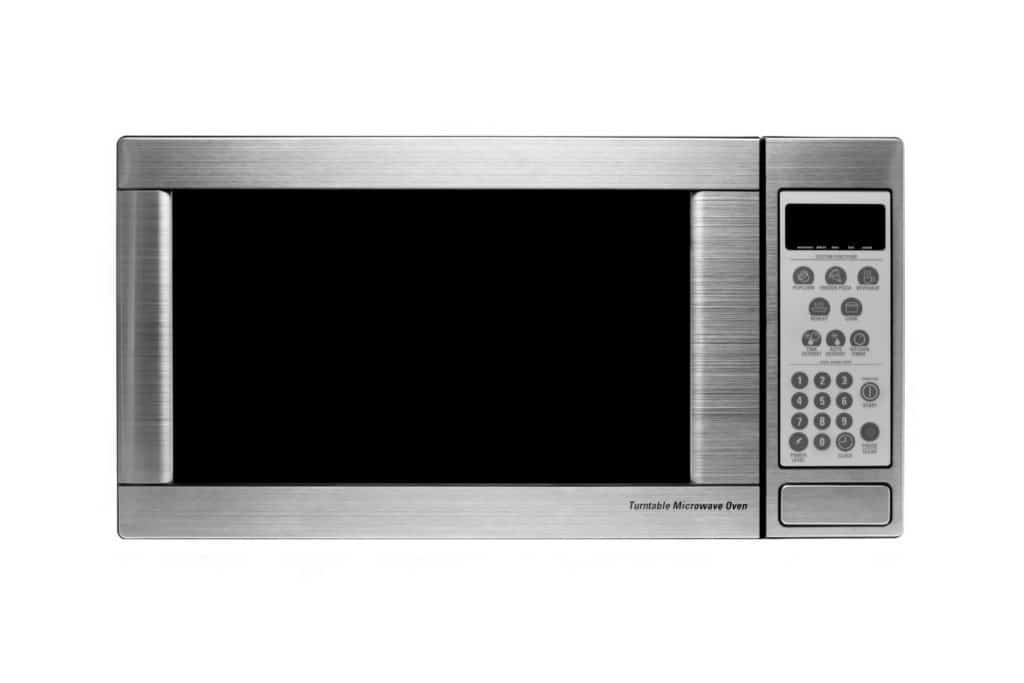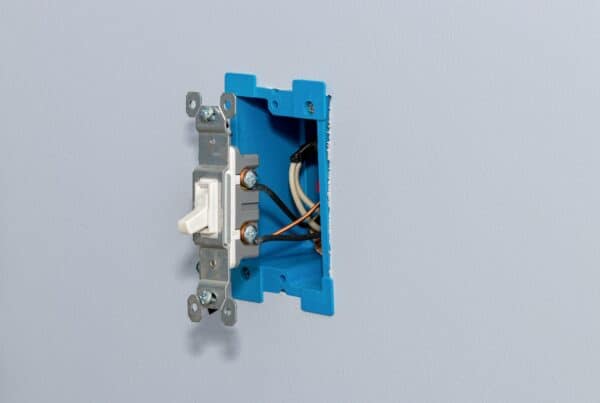
Have you ever had a moment when you put food into the microwave and the microwave ran for a few seconds and then stopped and then you tried the microwave again and it stopped again? Now, you are wondering what’s going on here? So, you go out to the garage and look at the circuit breaker and realize that the breaker has tripped. The microwave and the circuit are no longer working together due to some electrical malfunction.
There is a clear issue with the microwave and the circuit breaker. So, you need to check the circuit breaker box to determine if the breaker is the correct amps/volts for your microwave. What is the breaker size for a microwave? Well, the breaker size can vary based on the type of microwave. Smaller microwaves require a smaller circuit breaker and could just be plugged into a regular outlet. However, microwaves above your oven typically require a 20 amp/240-volt circuit breaker.
Let’s take a look at the variations of breaker sizes for a microwave. Keep in mind, that hiring a professional electrician might be the best solution.
What Is The Function Of The Breaker
The main function of your breaker is to trip the electrical current when issues might arise. If there is a malfunction or a short in the wiring system of the microwave, it will tell the breaker to trip and cut off all electrical currents. This will allow you to know that an issue is present with the microwave or the breaker, and also, prevent a fire from occurring in the home.

Voltage Vs Amps
You will want to examine both the voltage and amp requirements for your microwave prior to usage. The breaker size of a microwave is based on the appliance’s ability to use 120-volt or 240-volt circuits. The size and make of the microwave will dictate which type of voltage circuit you will need. Most small microwaves use a simple 120-volt circuit.
Comparatively speaking, you will look at the amp requirements for the microwave in the documentation. Standard small microwave appliances will need a 10 amp circuit but can range from 15-20 amps. However, there are many cases when a 20 amp circuit is required. You can see the difference in amp and voltage circuits based on the single or double prongs in your circuit breaker box. If the breaker for your appliances has two prongs (or two handles) connected it is a 240-volt circuit. The picture above shows a 20 amp and 240-volt circuit. A 120-volt breaker would only have one handle for the breaker.

Why Does A Microwave Require A Specific Circuit
There is a simple answer as to why a microwave would require a specific circuit. The 20-amp circuit is best for the microwave due to the constant load and spike issues that a microwave experiences. When a microwave is used under its maximum load, it could generate up to 15 amps of current for hours.
This consistent level of amps usage could create unsafe levels of heat and temperatures that will strain the wiring beyond safe levels. If you have a 15-amp breaker circuit then this spike in energy use would cause the breaker to trip and saving your home from having an unfortunate accident.
How Much Will This Cost Me
Replacing a bad circuit breaker is relatively simple and cheap. The good thing is that it could cost between $9.50 to $11.50 depending on what hardware store you shop at. Understanding how to install a new circuit breaker will save you money. If you are not someone that likes to deal with electricity, then calling in a professional electrician is a good idea.
Here is what you will need:
- Circuit Breaker – Be sure to choose the right size based on your mircowave.
- GFCI Outlet – 20-amp
- Volt Tester – to test the voltage
Let’s take a look at the video below, which shows us how to install a 20 amp circuit breaker.
Other Maintenance Ideas
Circuit breakers control everything on the circuit inside the electrical panel in the house. From appliances to lamps, to light fixtures, etc. However, just like with anything, circuit breakers can go bad. If you can catch this early, it may not be so expensive.
Another area of maintenance that you will want to take a look at is the GFCI outlet that the microwave plugs into. Having a secondary backup to tripping the breaker and keeping the electrical current broken, could save your home from unnecessary fire damage.
Lastly, making sure that your metal box is grounded is important. This is because it sends electricity through the ground to the breaker box that is also grounded. If it is not grounded and there is a power surge, it can send the electricity wherever it wants to go and cause electrocution.
When Should I Call A Professional
It is always a good idea to call a professional when dealing with electrical work. If you aren’t sure how to shut off your power or isolate the power to the area of repair, then it’s best to call a licensed electrician. They will be able to work more quickly than you since they have the experience and knowledge.
Conclusion
When dealing with electrical projects, you should always consult a licensed electrician in your area. If you aren’t sure exactly what is needed for your microwave installation, then you can always reach out to us. We will be happy to inspect your electrical needs while doing a home inspection in the Houston, TX area.



